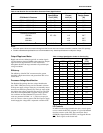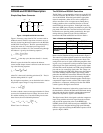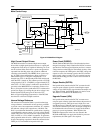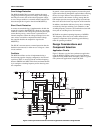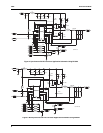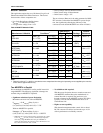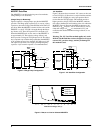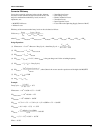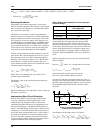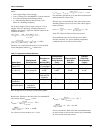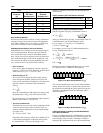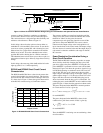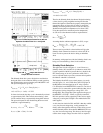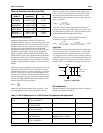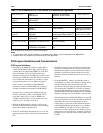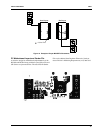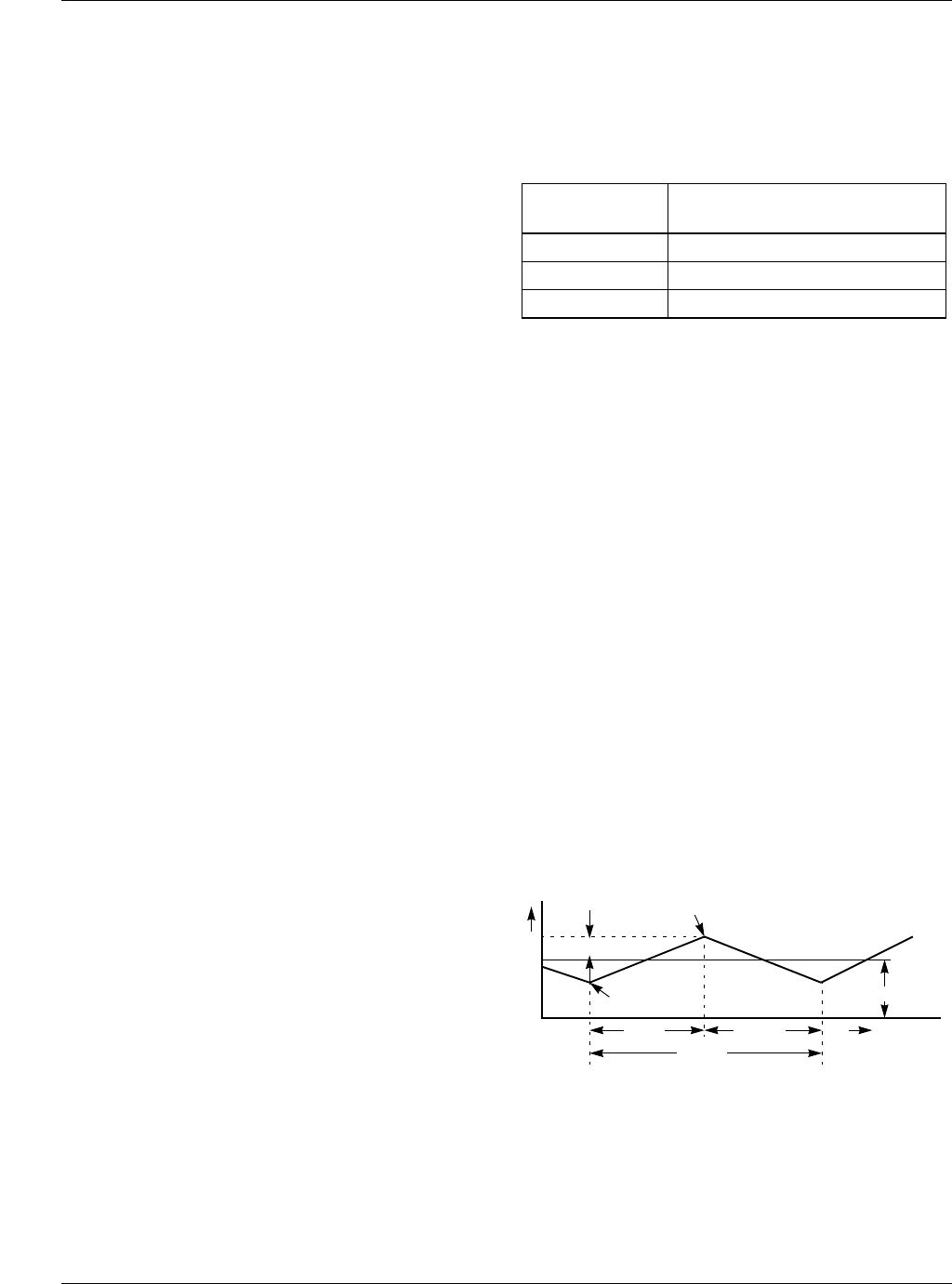
AN42 APPLICATION NOTE
10
Selecting the Inductor
Selecting the right inductor component is critical in the
DC-DC converter application. The inductor’s critical param-
eters to consider are inductance (L), maximum DC current
(I
O
), and coil resistance (R
l
).
The inductor core material is crucial in determining the
amount of current it can withstand. As with all engineering
designs, tradeoffs exist between various types of core mate-
rials. In general, Ferrites are popular due to their low cost,
low EMI properties, and high frequency (>500KHz) charac-
teristics. Molypermalloy powder (MPP) materials exhibit
good saturation characteristics, low EMI, and low hysteresis
losses; however, they tend to be expensive and more effec-
tively utilized at operating frequencies below 400KHz.
Another critical parameter is the DC winding resistance of
the inductor. This value should typically be as low as possi-
ble because the power loss in DC resistance degrades the
efficiency of the converter by P
LOSS
= I
O
2
x R
l
. The value
of the inductor is a function of the oscillator duty cycle
(T
ON
) and the maximum inductor current (I
PK
). I
PK
can be
calculated from the relationship:
Where T
ON
is the maximum duty cycle and V
D
is the
forward voltage of diode DS1.
The inductor value can be calculated using the following
relationship:
Where V
SW
(R
DS,ON
x I
O
) is the drain-to-source voltage of
M1 when it is turned on.
Implementing Short Circuit Protection
Intel currently requires all power supply manufacturers
to provide continuous protection against short circuit
conditions that may damage the CPU. To address this
requirement, Raytheon Electronics has implemented a cur-
rent sense methodology on the RC5040 and RC5042 con-
trollers. This methodology limits the power delivered to the
load during an overcurrent condition. The voltage drop cre-
ated by the output current flowing across a sense resistor is
presented to one terminal of an internal comparator with
hysterisis. The other comparator terminal has a threshold
voltage, nominally 120mV. Table 6 states the limits for the
comparator threshold of the switching regulator:
Table 6. RC5040 and RC5042 Short Circuit Comparator
Threshold Voltage
When designing the external current sense circuitry, pay
careful attention to the output limitations during normal
operation and during a fault condition. If the short circuit
protection threshold current is set too low, the converter may
not be able to continuously deliver the maximum CPU load
current. If the threshold level is too high, the output driver
may not be disabled at a safe limit and the resulting power
dissipation within the MOSFET(s) may rise to destructive
levels.
The design equation used to set the short circuit threshold
limit is as follows:
where I
pk
and I
min
are peak ripple currents and
I
load, max
is the maximum output load current.
You must also take into account the current (I
pk
–I
min
), or
the ripple current flowing through the inductor under normal
operation. Figure 9 illustrates the inductor current waveform
for the RC5040 and RC5042 DC-DC converters at maxi-
mum load.
Figure 9. Typical DC-DC Converter
Inductor Current Waveform
The calculation of this ripple current is as follows:
I
PK
I
MIN
V
IN
V
SW
– V
D
–
L
------------------------------------------
T
ON
+=
L
V
IN
V
SW
– V
O
–
I
PK
I
MIN
–
------------------------------------------
T
ON
=
Short Circuit Comparator
V
threshold
(mV)
Typical 120
Minimum 100
Maximum 140
R
SENSE
V
th
I
SC
--------
, where: I
SC
= output short circuit current=
I
SC
I
inductor
≥ I
Load, max
I
pk
I
min
–( )
2
----------------------------+=
t
I
T = 1/f
s
T
ON
T
OFF
I
LOAD, MAX
(I
I
min
pk
– I
min
)/2
I
pk
I
pk
I
min
–( )
2
----------------------------
V
IN
V
SW
– V
OUT
–( )
L
-------------------------------------------------
V
OUT
V
D
+( )
V
IN
V
SW
– V
D
+( )
---------------------------------------------
T×=
PD
LOSS
2.19W 1.0W 0.65W 0.045W 1.35W 0.010W 0.37W 0.2W+ + + + + + + 5.815W= =
Efficiency
3.3 10×
3.3 10 5.815+×
---------------------------------------
85%≈=∴



